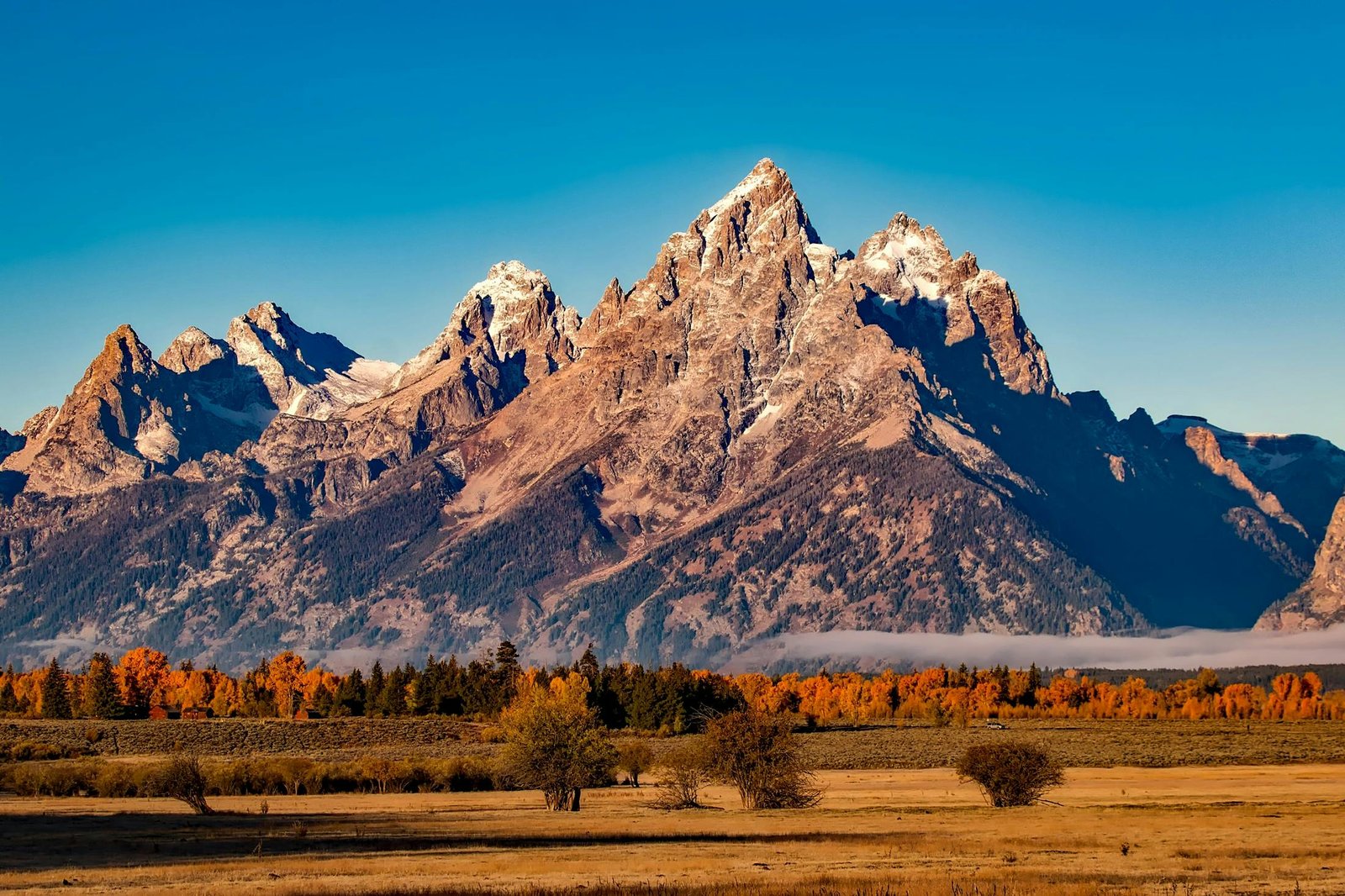JACKSON, Wyoming – The crisp late-winter air greets visitors stepping onto the vast expanse of the National Elk Refuge. Underneath the jagged, snow-dusted peaks of the Teton Range, the landscape unfolds not in summer green, but a muted tapestry of golden grasses peeking through a layer of recent snow. The scale of the refuge, stretching towards the imposing mountain backdrop, commands immediate attention.
Silence dominates the scene, punctuated only by the crunch of boots on frozen ground and the distant call of a raven. This time of year, the refuge serves its primary purpose: providing critical winter range for one of North America’s largest elk herds.
Initially distant specks against the sagebrush flats, the elk materialize into distinct forms as one travels the refuge road. Hundreds, potentially thousands, congregate here. A sea of brown hides moves across the landscape, their dark antlers stark against the white and gold terrain.
The animals are primarily occupied with grazing, heads bowed, their breath creating visible mist in the cold air. Their movements vary – some deliberate and graceful, others standing stock-still, observing their surroundings. Occasional bursts of activity see younger bulls sparring playfully, the soft clash of antlers echoing briefly.
Visitors often pause, engines off, simply observing the scene. The quiet allows for the subtle sounds of the refuge – the wind rustling dry grass, the low grunts of the elk – to emerge. It’s a tableau of quiet power and untamed nature.
Closer encounters reveal finer details: the animals’ thick, shaggy coats, their watchful eyes, the powerful musculature beneath. They appear largely undisturbed by the presence of vehicles and observers, focused on the essential task of foraging.
Refuge personnel, like a ranger observed pointing out a large bull elk, provide context for visitors. They explain the critical role the refuge plays in ensuring the herd’s survival through the harsh Wyoming winters, supplementing natural forage when necessary.
As the sun descends behind the Tetons, casting long shadows and painting the sky in hues of orange and purple, the elk often become more active. Larger groups form and move across the flats, their shapes gradually merging with the twilight.
A visit to the National Elk Refuge in winter offers more than just wildlife viewing; it’s an encounter with a fundamental cycle of survival in the American West. It underscores the enduring presence of wildness against one of the nation’s most dramatic landscapes, leaving observers with a palpable sense of peace and connection.




